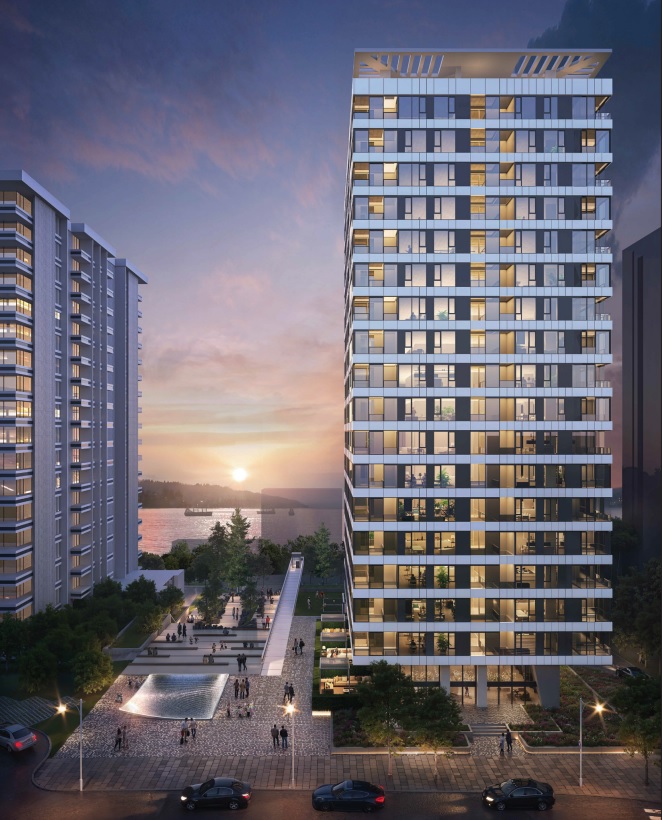Clearing out your house can be an exhausting process: so many decisions to make, so much stuff to move around, and so much research into the best ways to donate or recycle your unwanted things. Tackling one room at a time is logical and helps to make things manageable, and there are few rooms that will take more than one day to clear and reorganise. Some people take to decluttering like a duck to water, but others need a little more guidance. As a general rule, we find that if you can’t remember the last time you used something, or if it takes a while to dive down and find that memory, it’s time to get rid of the item in question. We’ve broken it down room by room, so you can follow along with the process, and find tips on the easiest and most convenient ways to get rid of things (if you live in the UK, at any rate). Some general principles Take everything out of the drawer/cupboard/wardrobe before you start sorting and group it. You need to see all your shirts/tins of food/chargers in one place before you make decisions. When you put it back, keep the groups! If all of the same kinds of thing are together, it makes it much easier to keep track of what you have. If you can’t remember the last time you used an item (assuming it’s something functional), or retrieving the memory takes some effort, it’s time to get rid of it. If it’s expired (for food or bathroom products), if it’s been in the freezer for longer than three months (some might say six months), or it hasn’t fit you in the last year, get rid of it. Create seasonal storage, so that winter duvets, woolly jumpers and puffer coats are out of sight when you don’t need them. Underbed boxes are perfect for this. If you have a large house and lots of different places where things could be, it can be helpful to make a map or diagram of where everything is, and keep it somewhere easily accessible. Have a plan for what you’re going to do with unwanted items. It is overwhelming to pull everything out of your cupboards and have no idea what to do with them. Don’t throw things away unless you absolutely have to. Most things can be recycled, and there are more and more facilities to do so easily. As you begin with any given room, set up a box for things to throw away (keep it to a minimum), things to recycle, things to donate, and things to sell. This will make it easier to take action once the room is in order. Setting up a halfway house box in your house can also be helpful for ambiguous items. If you’re hesitating about donating something or putting it in the rubbish, relegate it to the box for a week or two, and then go through the box and see if your feelings have changed. Many retailers have started offering facilities to recycle old electrical items and textiles, or even buy back old furniture, and some offer vouchers in return. IKEA’s scheme to buy back assembled pieces of furniture is particularly worth knowing about, since old IKEA furniture can be hard to shift in other ways, and they will give you in-store credit for new pieces. John Lewis has promised to have similar schemes in place in every category by 2025, and currently recycle small tech appliances. Listing something for free on Gumtree is very often the quickest way to get rid of something. If you’re tempted to list an item for a small sum, but you want to prioritise getting it out of the house quickly, think about giving it away instead. People become remarkably unfussy when something is free, and they’ll come and collect it without a peep. For whole house clear-outs that involve multiple kinds of item (furniture, clothes, books, etc), booking a collection with the British Heart Foundation (which is great for furniture) or icollectclothes.com (which takes clothes, books, toys and small homewares) is a hassle-free way to go. How to dispose of different types of clutter If the thought of lugging old books and DVDs down to the charity shop is a dispiriting one, Ziffit (run by second-hand book moguls World of Books) is an excellent option for disposing of them, and you can regain a few pennies at the same time. Scan the ISBN or barcode with the camera on your phone, and the Ziffit app tells you how much they’re willing to pay you for it (usually somewhere between 50p and £5). You can then package them up, and organise a collection: minimal effort and a tiny bit of money back, hurrah! Electrical and electronic items Small electrical items like hairdryers/DVD players can be a pain to recycle. Looking at your local council website is a sensible place to start, as they will have the location of big recycling centres as well as any nearby WEEE (Waste Electric and Electronic Equipment) bins. These are usually located on major roads or in car parks, and take small devices that plug in. Some retailers also offer WEEE recycling: Currys is one of the best, and will take pretty much anything and give you a small voucher in return. Find out more here. You can also take small










